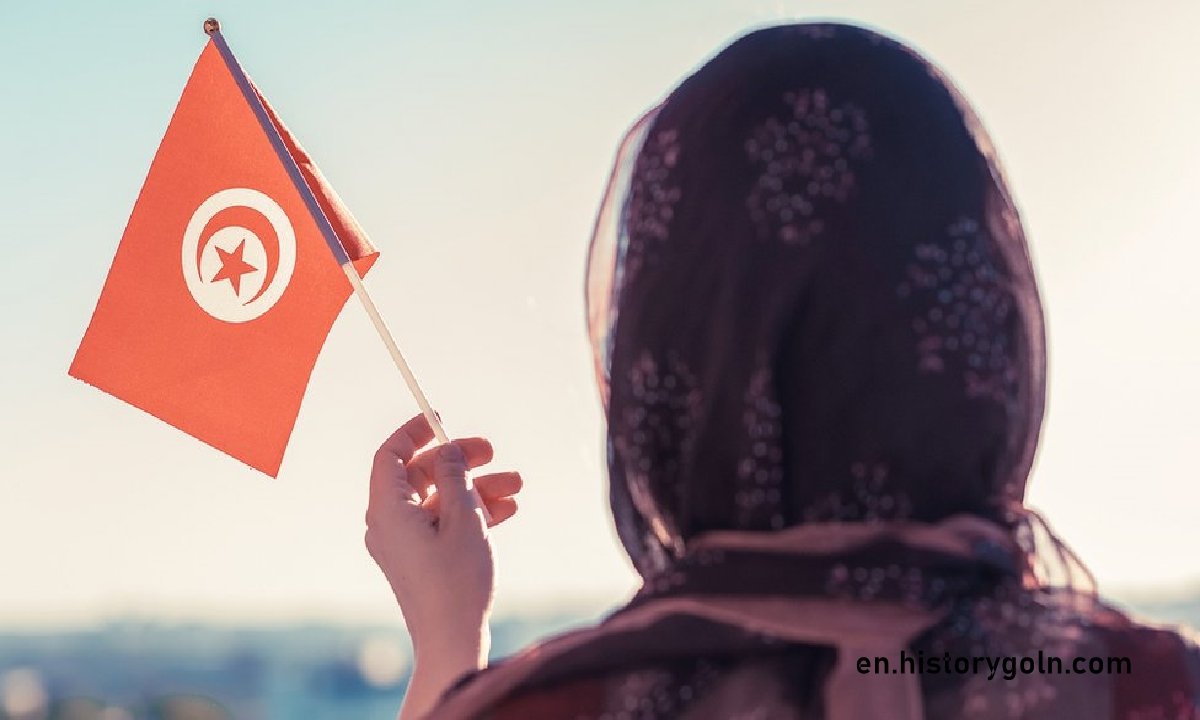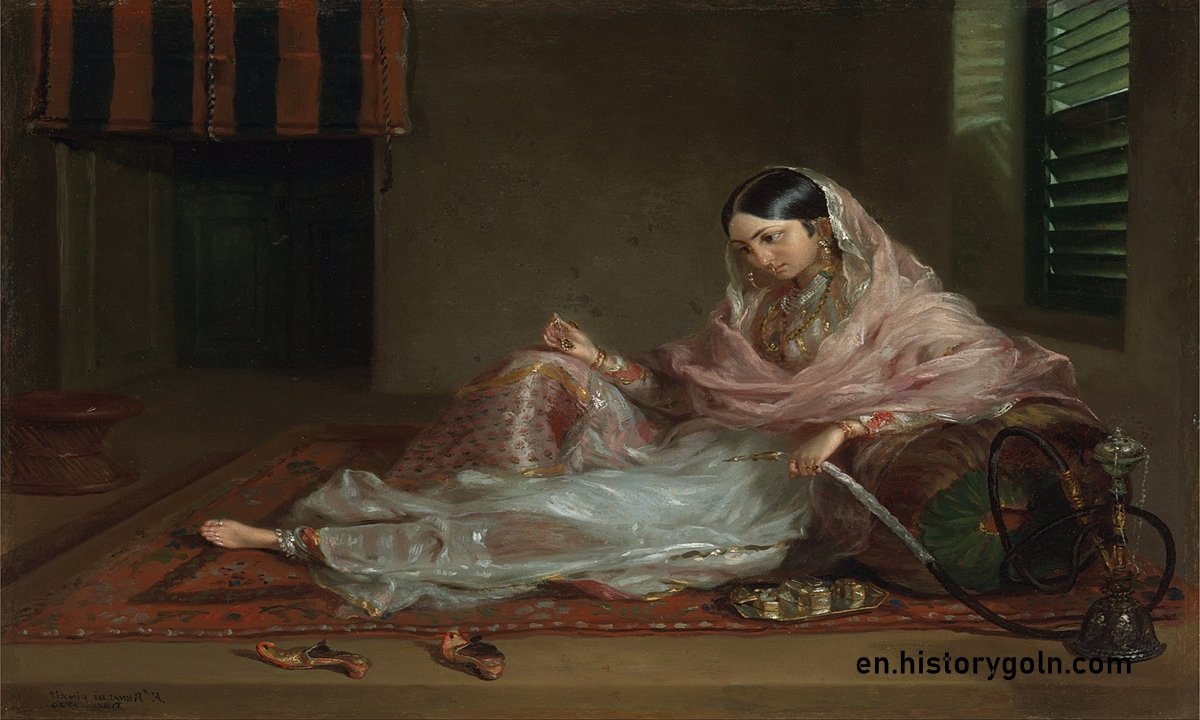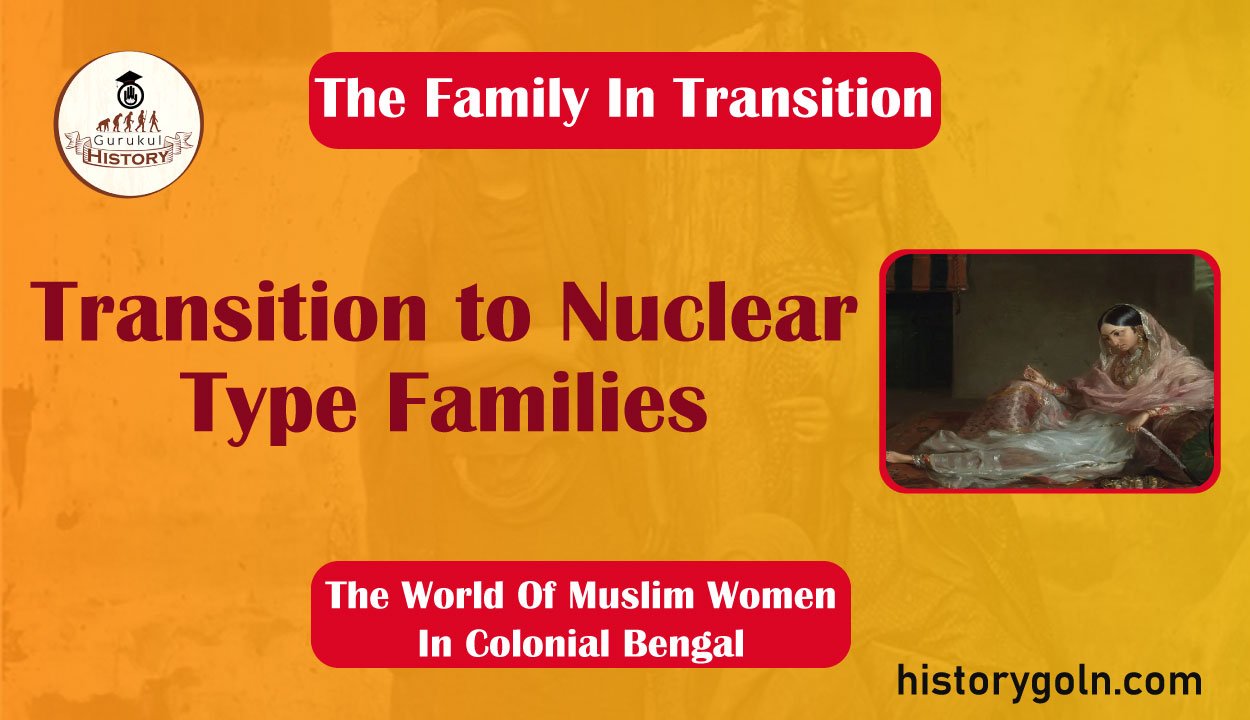Today our topic of discussion is Transition to Nuclear Type Families .
Transition to Nuclear Type Families

A glance at the period of four decades (1900-1939) reveals that significiant changes occurred in the institution of the family, its structures and ideo- logy. The entire framework of the Muslim family was transformed under the impact of new socio-economic changes and the rise of a new domestic ideo- logy that accompanied them.
As traditional structures broke down, the extended family gave way to nuclear type families the bride was invested with a new role which differed from the one played by her mother or mother-in-law.

Marriage to a gov- ernment servant or professional was a very different proposition from marriage to a member of the former landed or administrative gentry. With the new role came new skills and gender relations encouraged often by the men themselves. The very concept of domestic life changed. Homemaking now became an important matter and manuals appeared on the stalls to teach the new housewife (or the young wife to be) the fine art of caring for a home, husband and children.
For many women such changes may have brought a new sense of liberty, specially the changes in conjugal norms. Companionship and love between marriage partners now became an establi shed norm and society created a space for it. The new relationships and roles resembled Victorian and Brahmo models but there was also much that was indigenous and different.
Governmental legislation aided the process of structural change in the family specially with regard to child marriage, age of consummation, and divorce. Polygamy remained outside state jurisdiction, but societal attitudes had taken a turn against polygamy and concubinage. Consequently, the practice began to die out in urban centres. The Dissolution of Muslim Marriages Act of 1939 was the coping stone to the new edifice.
All these changes concerned a new personality, the bhadromobila, in Muslim society. The new woman required a new look, as evinced in dress reform of Muslim ladies from the andarmahal attire to the Brahmika sari, chemise. blouse and footwear, as well as a new upbringing, viz education. In the meantime, the education system had undergone tremendous changes under colonial rule.

Changes in the home which had formerly been the site of education now became so profound that it pushed its denizens outward toward a novel form of institutional education. Changes outside, too, acted like a magnet and drew andarmahal dwellers out of their confines toward some great centre outside in the world. The first stopping place on this outward journey for women was to be the centres of learning.
See more:
